10 Tiny Recipe Substitutes With Big Differences That I Learnt In Lockdown
Changing recipes is something a lot of people are scared of doing. People think that because they aren’t a cook or haven't written the recipe from scratch that it isn’t their own, but I’m here to say that couldn’t be more wrong.
Sticking exactly to a recipe is never as engaging or fulfilling as adding your own flair or change, even if it’s a change borne of necessity! We’ve all been guilty of desperately looking up if Brown Sugar and White Sugar can be substituted or if Bicarbonate of Soda and Baking Powder are the same.
Well, I have found in my lockdown cooking recipe that we shouldn’t be scared of cooking. We shouldn’t be worried about ruining a recipe but, instead, commit to embracing the recipe as a baseline from which to create whatever we want. The ordinary person can have as much success making recipes as a professional chef.
Here are 10 twists I’ve used in recipes this year that solve a problem, add a new element, or change the dish entirely! Substituting ingredients in recipes is the act of taking the current recipe and changing a portion of it for something else, usually keeping the numerical measurements the same. It is easy to learn to do, so let's!

Substitute In Leeks and Carrots Instead of Celery
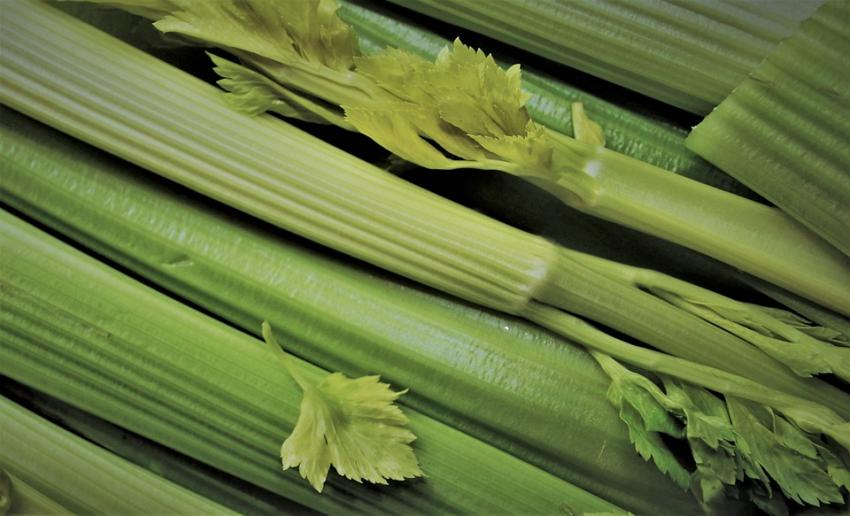
It’s okay to not like some vegetables, and it definitely doesn’t stop you from making all those hearty pies and stews just because they have green solid water. I am of course referring to Celery. If you are offended at such a common ingredient being described as solid green water allow me to remind you Celery is 95% water. That’s about the same water content as a Jellyfish. While they can be a great boon to some dishes and situations, on the whole it has also led a lot of people to dislike Celery and find it bland and just “filler”.

I originally substituted leeks in place of Celery, preferring their more robust existence while still fulfilling the role Celery does in pies and stews and such. Leeks are 83% water, which makes them an acceptable substitute in terms of absorption and texture for celery if you lower the amount slightly. Leeks also wilt well if cut thinly which makes them able to blend into sauces in pies or even cheesy dips just like Celery blends into everything, because it’s water. With enough similarities to make the swap but being a much more flavourful, enriching ingredient Leeks are my go-to instead of Celery.
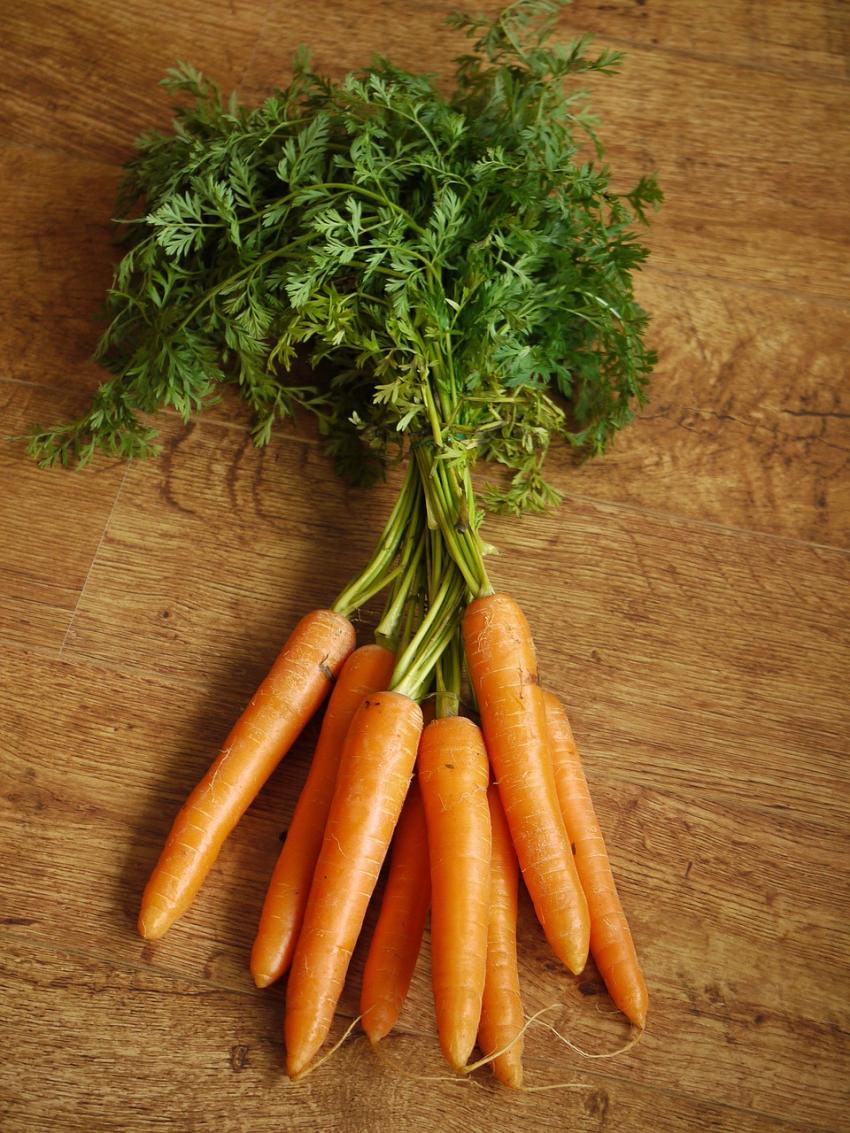
The second replacement will surprise you as it doesn’t wilt, isn’t green, and in general is featured alongside both Leeks and Celery in its own right. However, I think it’s still worth mentioning that for those times Celery and Leeks will make a mix *too* thin and light Carrots are an excellent sub for a portion of the weight. Splitting the weight 60-40 or 75-25 between greens and carrots is an easy way to add some more heart and texture to a pie, stew, red sauce or even veggie traybakes.
Carrots are better than celery in terms of Energy, Protein, Iron and Vitamins with Celery only really gaining an edge in (surprise, surprise) water content! These statistics are courtesy of Versus, a great online resource for comparing nutritional values.
Always have Garlic and Onion Granules To Back Up Your Fresh Ingredients!
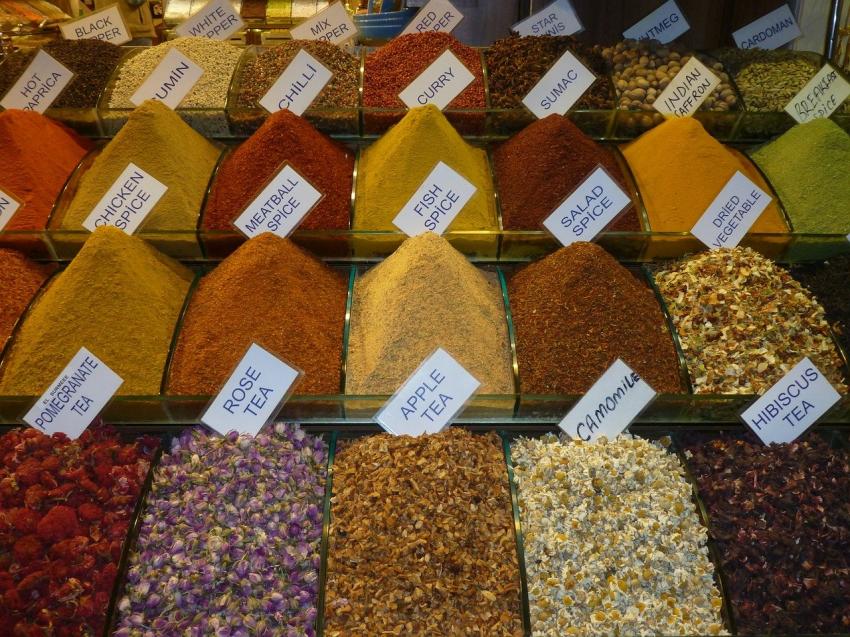
Fresh Garlic and Diced Onion is a hard combo to beat. You can keep both for a decent amount of time (over a week for onions, into the months for garlic) and they can be easily diced and thrown in a pan with anything you are frying.
Enchilada sauces, mincemeat mixes and pizza sauces all benefit from having garlic and onion infuse them. At first, I was wary of trying to replace the combo until I happened upon a way to make them last even longer and be even easier to use. In fact, granules and powders can be usable for years!
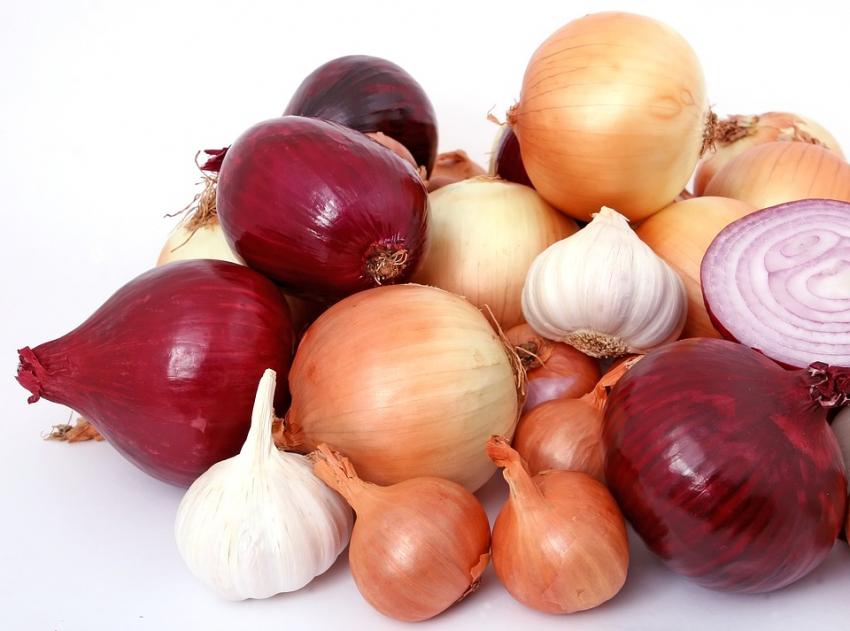
Garlic Granules and Onion Granules are some of the most common ingredients and should never be overlooked as an addition to seasoning mixes. Mixing some into meatballs, burgers, chicken marinades or even the breadcrumb mix and even Steak Seasoning Rubs! They are a valid replacement and a mighty tool to anyone wanting to add to or experiment with seasoning mixes.
Speaking of steak...
Don’t use oil for the first minute of cooking a steak (and use garlic butter if using butter for your oil.)
A good steak is held up by the merit of its meat and only with that base can the seasoning add anything. Your rubs used on steaks are there to present the steak and embrace it, not overpower it. Steak isn’t like a tortilla chip; it isn’t bland and simply holding something much more potent such as a sauce or dip. The steak itself should be the highlight of the meal when it is involved. This means that overuse of oil and seasonings can be detrimental.
In fact, any cooking instruction I have seen for steak involving oil I now straight-up change to having none, at least for the first minute of frying. After making steak more often recently for my fiance and even a Fathers Day meal I have begun to realise that less is more when it comes to steak.
As How To BBQ Right (An excellent channel for all your big meat recipes!) know: "There’s no garnish allowed so it’s all about the steak." Getting your cooking right is more important than coming up with a fancy ingredient list when it comes to a good steak.
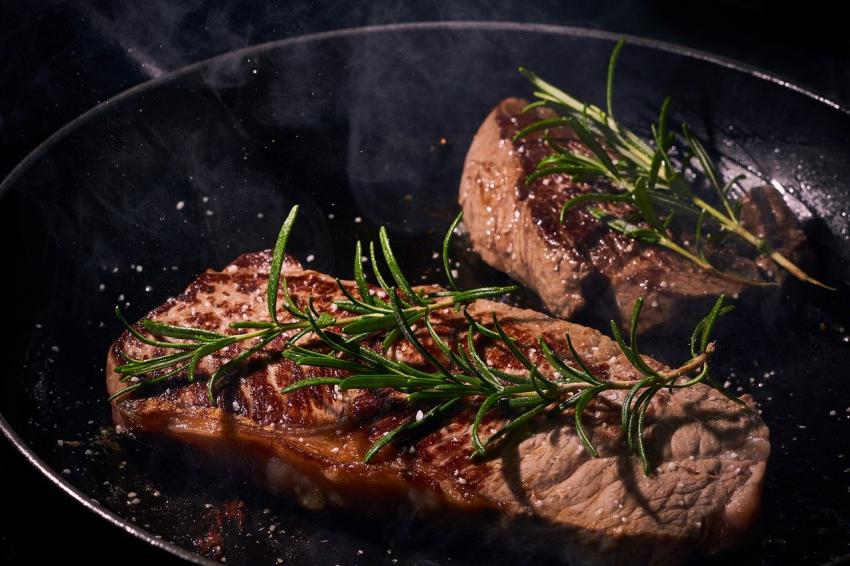
Not only is each steak different in fat content but they will also have behaved differently when being prepped. Some may have more salt or not have drawn out as much moisture as others. This means that the first 30 seconds to a minute in the pan is never a time to add ingredients, even oil. The meat is rubbed with salt and seasoning and placed into the pan, and only once seared do I consider adding some garlic butter to moisten the outside if needed.
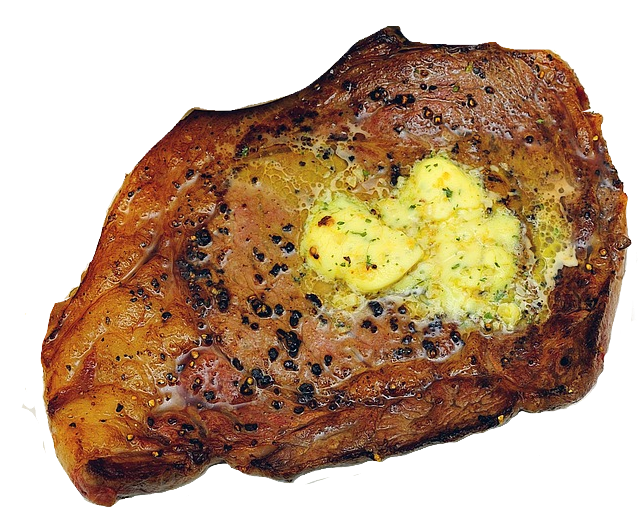
Otherwise, the butter can be served with the steak separately to avoid having too much oil on the plate. It’s a simple change but makes a huge difference in how effective you are in judging a steak and what it needs.
Add Lemon Juice to your sauces and butters

is a great addition to sauces and garlic butter!
As a kid I was obsessed with lemon things. Lemon Drizzle cake, Lemon Jelly, Lemon Curd in cakes or shortbreads, Lemon icing for anything that didn’t have lemon in itself. It was a phase I fell out of later, and that might be why it took me so long to realise that my garlic butter and cheese sauces were missing something. Mind, right from the off, that we aren’t talking about an amount of lemon that can be discerned from a single taste! A dash of lemon juice isn’t there to make everything taste of lemon, it actually has far subtler effects.
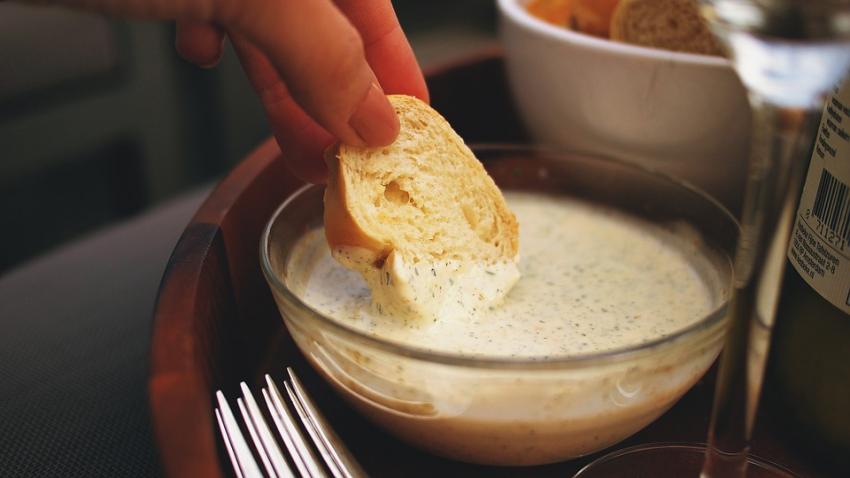
In Garlic Butters lemon juice helps keep the mix creamy and thick, even making the mix whiter in some cases as it folds into the butter. The tang is definitely part of the appeal, but it’s also a matter of keeping the garlic butter a separate sauce, dip or filling than just “butter with garlic crushed in it”. Lemon juice should also be added in similar dashes to things like marinades and seasoning mixes that aren’t dry rubs.
Bonus Tip: A one-pan garlic dip for anything you need!
- Fry some diced or crushed garlic in a pan with some oil. Use too little rather than too much as butter will be added later too.
- Drip a few splashes of lemon juice and stir into the mix.
- As soon as the oily, lemony mix is together add a fridge-cold **** of butter. Stir this butter around but do not break it up! Allow the **** to slowly melt into the mix from the bottom up until you have a golden garlic and lemon sauce.
Sprinkle crushed chillies on pizzas or other cheesy foods
Admittedly, I like my spice. This is a dividing issue in a lot of recipes and it’s one area where I’m certainly glad I learnt to improvise, adapt, and overcome (And by that I mean change a recipe). In my case I am actually not lowering the heat of a meal, but adding some!
If you want an easy way to ramp up the spice then cheesy dishes are the perfect opportunity to sneak some heat into your dish. A Cheese dip can become a chilli-cheese dip, a pizza can have some real crushed chillies to compliment the mild and stringy mozzarella.

Alongside my Garlic and Onion Granules from earlier add on a small bottle of crushed chillies with some chilli seeds. The mix can be used to last-minute adjust heat or easily make 2 variations of an appetiser for a party or family meal. If you add some to the breading of homemade chicken fillets or the cheese mix in a mozzarella stick you can easily create 2 different dishes from just the one recipe! Best of all you can refuse to mark which are which and watch your nephew discover chilli in an exciting, terribly cruel way.
Use Pancetta (Or other salty foods) in Onigiri, Okonomiyaki and Karaage
Japanese food has been a huge hit over lockdown with me. I’ve learnt to make Karaage (Japanese Fried Chicken), Onigiri (Rice balls filled with meat or fish and topped with sauce) and Okonomiyaki Pancakes (Thick, hearty pancakes made with White Cabbage and slathered in sauce and toppings). Make sure you compliment the great products and recipes on Japan Center with the tips here!
One thing I found in common with all of these is salt. Salty tastes seem to dominate the toppings, fillings, and sauces of Japanese Cuisine, even making it into Ramen too! With this realisation, changing those recipes becomes a piece of cake (Figuratively).

Once you understand the components of a meal, rather than just the ingredients, then changes come very naturally and usually hit well! The salty aspect of these meals combined with the strong starch bases they each have is a vital pillar of substitution. Once you know a certain ingredient is valued for its saltiness you can begin subbing in other salty things!
I replaced the filling in my Onigiri with Salty Cubed Pancetta with Spring Onion and Mayonaise. I replaced the topping of my Okonomiyaki with Halloumi, a salty and sturdy cheese that acts more like meat or veg in a dish than a standard cheese. As for Karaage, I simply remembered that this chicken will probably end up pretty salty and it led me to realise why it pairs so well with a Soy Sauce-based dip. If you ever dive into experimenting with Japanese cooking (And I urge you to) remember you can always sub in a slice of salty meat or cheese!
Make dough absorbent and soft (For a tear and share or dumplings) by adding Mozzarella, not parmesan.
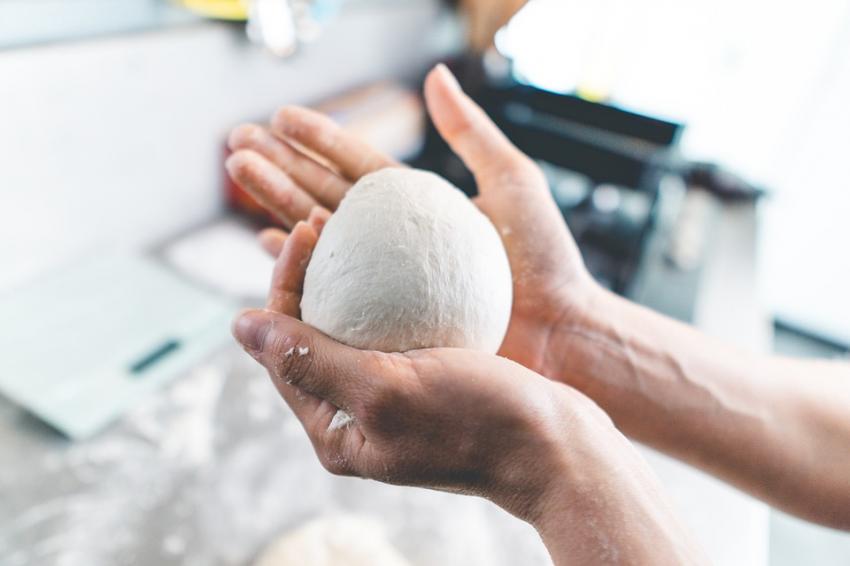
I have been making more bread in Lockdown simply since I’d never really experimented much and have been looking specifically for recipes that are new to me. I see such recipes as a skill to learn or a trick to have up my sleeve. Most recently I made Pretzels from scratch (The soft kind, not the crunchy bagged snack) and discovered they are far too much effort to be worth it. If something requires boiling, baking, and frying all in one recipe for it to be cooked then it's a no from me!
On the plus side, my dumplings and muffin-topped stew and Garlic Tear and Share bread have gone down a treat. Of course, there might be many different reasons for this success but one common ingredient and substitute I made was Mozzarella. It’s a common enough ingredient, and used mostly in Italian dishes when people want to “do it properly”. But I have found it to have so much more utility than that.
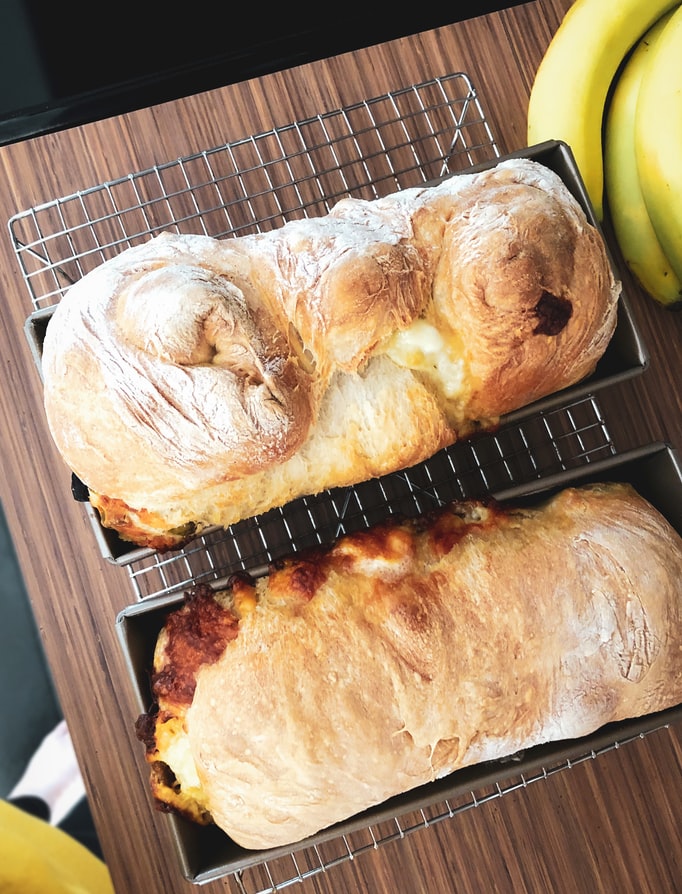
Because Mozzarella melts into pools and threads that are still structurally gripping onto each other it is perfect as a way of binding mixes together while still ultimately being soft and easy to pull apart. You don’t run the risk of making your mixes stodgy and hard because the mozzarella will always tear easily and mix well into the other ingredients.
These mixes can be Mincemeat and seasonings for Meatballs and Burgers or even dough mixes! That’s how I ended up with Mozzarella in my Dumplings, Muffin-Topped-Stew, and Garlic Tear and Share!
Don’t underestimate the utility this malleable and adaptive cheese can have while cooking! Most recipes of a similar vein use Parmesan, a cheese that even in small amounts is flavourful but fails to add a satisfying texture and warmth that permeates anything it is cooked in. A dough or meat mix with Mozzarella in is always a cosy, deeply warming experience.
Use Dried Berries in Cakes and Traybakes
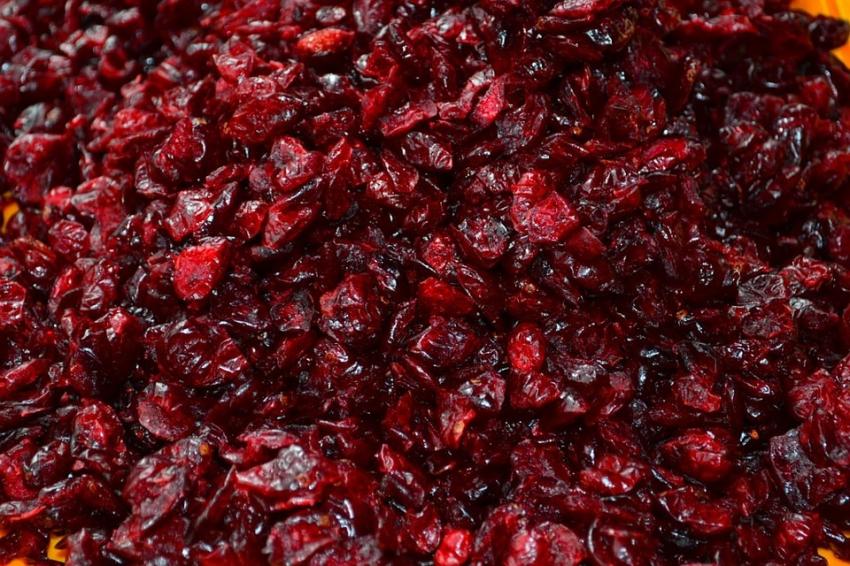
I once made a Blondie mix that was green. No, it wasn’t caustic and no it wasn’t food colouring. In fact, I’d mixed in some fresh berries too vigorously and they had bled into the mixture. In certain oxygenated mixes, the chemical reaction can make the batter…well, green. The acid of the fruit reacts with the baking powder/soda in a recipe when heated and once the product cools, it turns green. It isn’t like the flavour was affected but it got me thinking about changes to the recipe (At the time I was already combining the best bits from 2 entirely separate recipes to make my Blondies!).
I saw someone, my mother no less, add dried berries to her breakfast cereal. The idea to replace a fresh ingredient with dried was a bit contradictory to cooking homemade at first, but after trying it I have almost fully converted. Not only does changing the state you store such things minimise waste and increase utility, but it also actively improves certain sweet treats. For example, Rocky roads or Blondies. The chewy nature of the berries sits perfectly against a light and scoffable batter.
Plus, no more green Blondies.
Substitute Chicken Thighs Anytime A Recipe Needs Chicken.
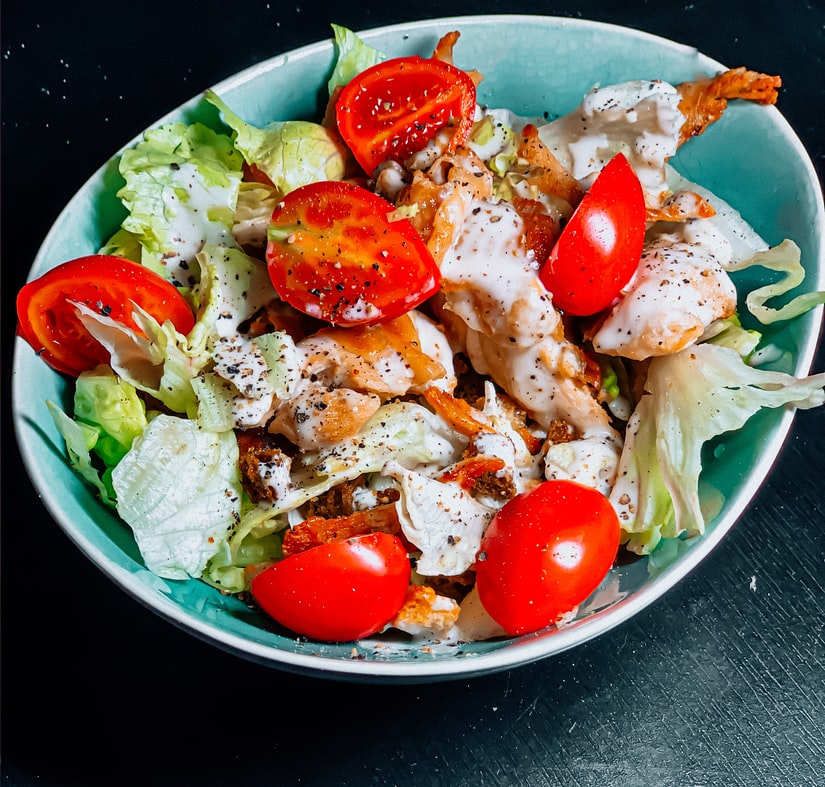
It can be hard, once we start to get into routine and habit, to reassess what we take for granted. Chicken breast is by far the most commonly used and consumed cut of Chicken and is a default for so many people that don’t think to ask why. It’s not an awful cut, and it certainly fulfils its role, but in the spirit of discovery and improvement I tried using Thigh.
At first, it was for a Chicken Thigh Bake with Seasoned Vegetables but soon enough it became the only cut of chicken I use in most everything. Thighs are easily adapted to different meals, being able to be torn after cooking for soft, small pieces or cut before cooking for more regular nugget type pieces. They can even be uncut altogether and fried whole, which after being marinaded and breaded can make some of the best but simplest chicken meals you’ve ever had.
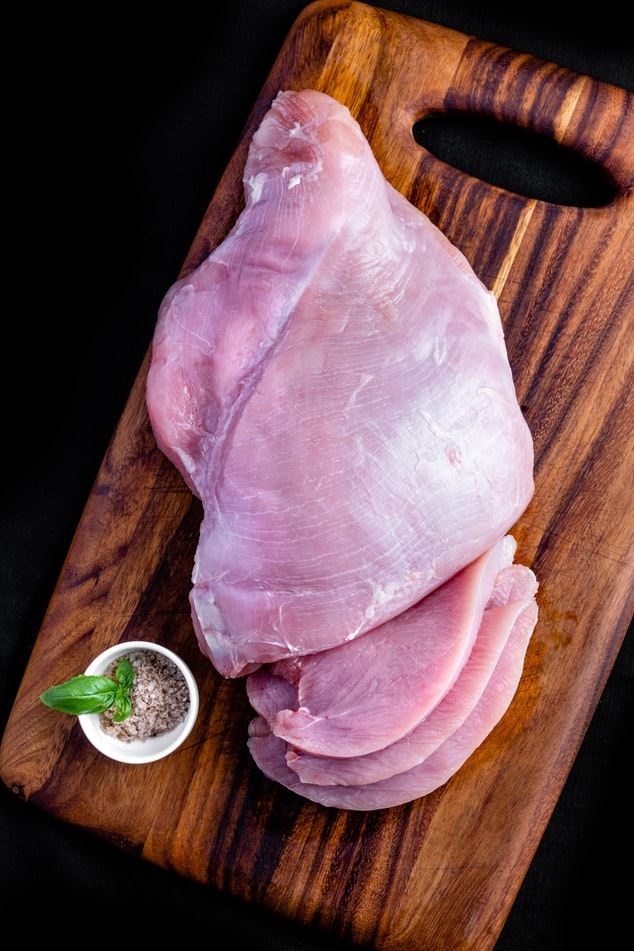
The adaptability comes from the fact Thighs are much more varied than Breasts. Chicken Breasts are almost uniformly meat and can be tough if cooked or chopped incorrectly because of this. Thighs, however, are anything but uniform. They have fat and meat in layers that can be kept as-is, unfolded, trimmed, diced…really anything you could want to use Chicken Meat for. They hold marinades and seasonings far better due to their varied texture and folds, which infuses the meat and keeps it moist even without excruciatingly checking moisture level or using a bag like with Breasts.
Chicken Thighs are also generally cheaper than Chicken Breasts despite their variety by comparison, with thighs averaging $1.25 per pound while breasts average $1.72.
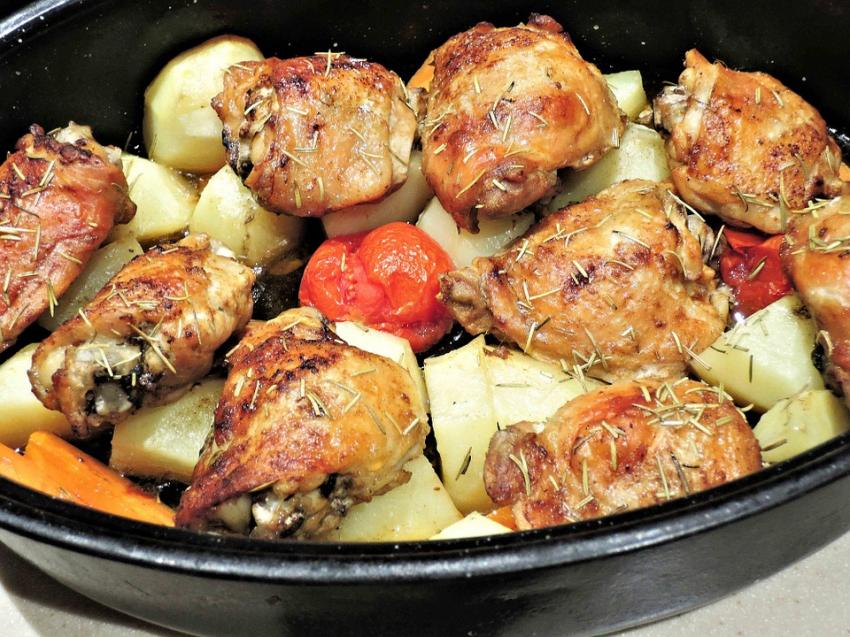
All of this is great, but it honestly pales into insignificance when I say the final difference. Chicken Thighs don’t *just* carry flavour from marinades and seasonings and sauces, they also bring their *own* flavour to the meal. Thigh meat has a real taste and flavour that can noticeably enhance a meal with a strong sauce or side.
Being able to tell you are eating Thigh is a key victory over Breast in my opinion, as Breast often behaves only as a vessel for a richer, tastier thing. Chicken shouldn’t be in a recipe as filler, it should be the main ingredient and using Thighs achieves that stardom on the plate.
Add Mushrooms to Enchiladas, Fajitas, Bolognese or Other Sauces + Meat Mixes. Half the meat, But Add Mushrooms!
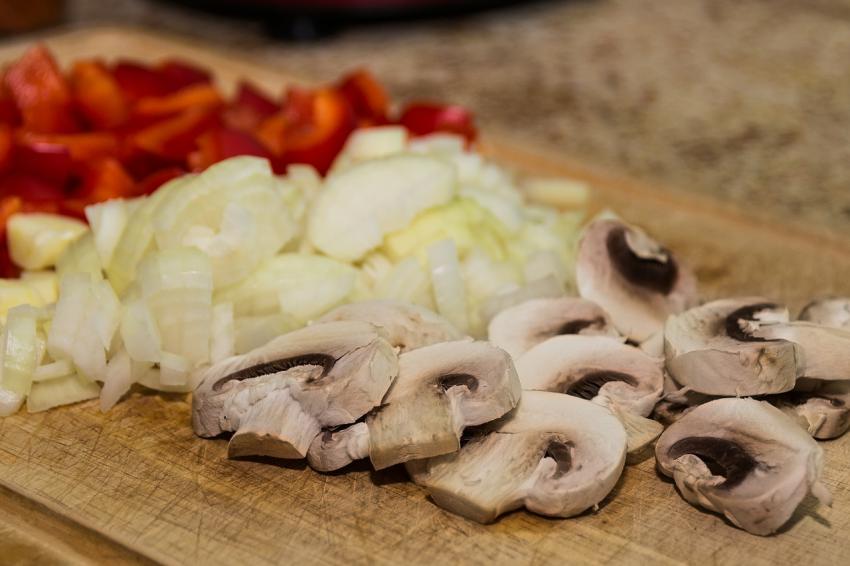
So, you’ve been utterly convinced to use Chicken Thighs in your next risotto or pie or traybake…but what goes alongside it? The final little substitute or change I have up my sleeve, which is deployed at least 2 or 3 times a week, is mushrooms. They, like Chicken Thighs, have a degree of adaptability and robustness that make them a key asset for saving an empty-feeling meal.
The other thing they save is your wallet, as by halving most meat recipes and replacing the second half with mushrooms my fiancé and I have halved our meat consumption while simultaneously arming ourselves with a great component to any meal.
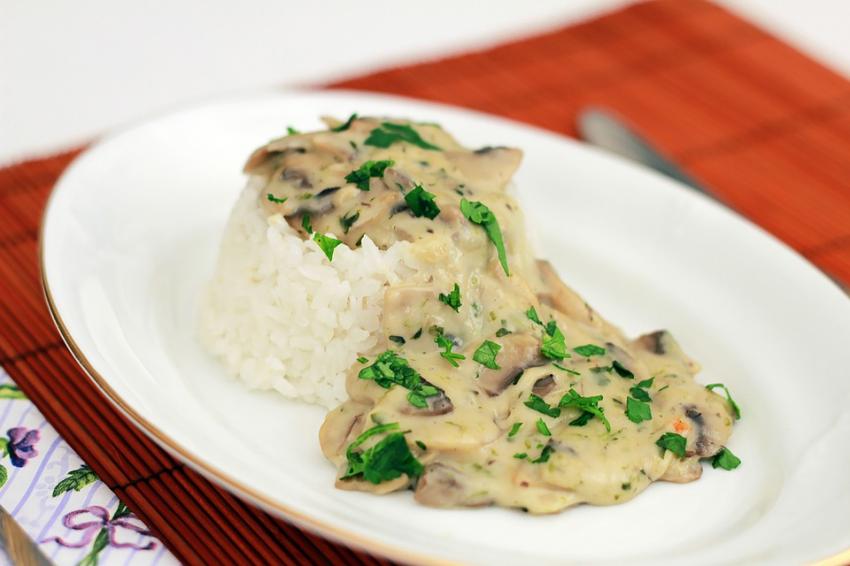
Either cooked into a sauce like Bolognese or fried separately with butter and herbs (Maybe some lemon juice too, now I think of it!) mushrooms are as much a tool as an ingredient in their own right. Any recipe that calls for meat that is mixed into a sauce or loose on a plate can benefit from the half-half mushroom swap. Similarly to the Leek switch, it preserves everything needed from the ingredient it replaces but also adds an element of elevated texture and variety in your cooking that following recipes blindly will never get you.
Go, Create your own dishes!
The best thing about cooking is all these tips and changes have been generated through sheer experimentation and taking the time to really engage with cooking. It’s one of the blessings of COVID, the time we have spent at home (Equally it is also the main curse).
I have loved cooking and creating this year and am excited to pass on these nuggets of information (Using Chicken Thigh for said nuggets of course) to the other budding cooks out there! I think that’s the key thing to remember, not everyone is already a cook.
These changes and ideas will hopefully have inspired you to see that even something small and simple can count as creating, as cooking! The rest, I leave in your capable hands…
